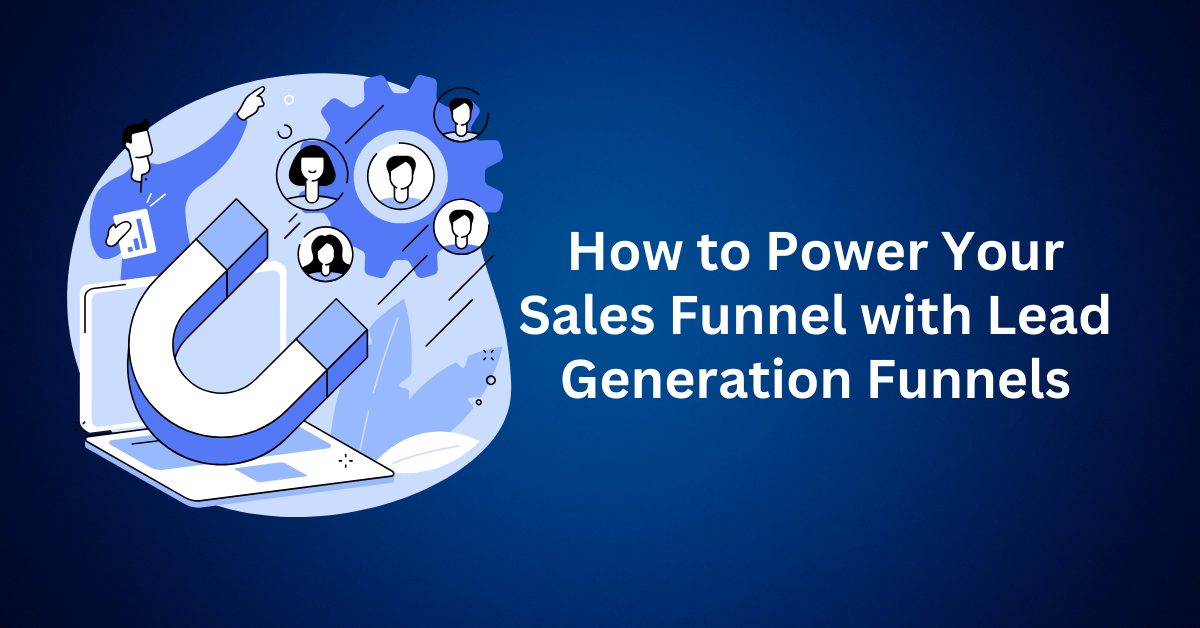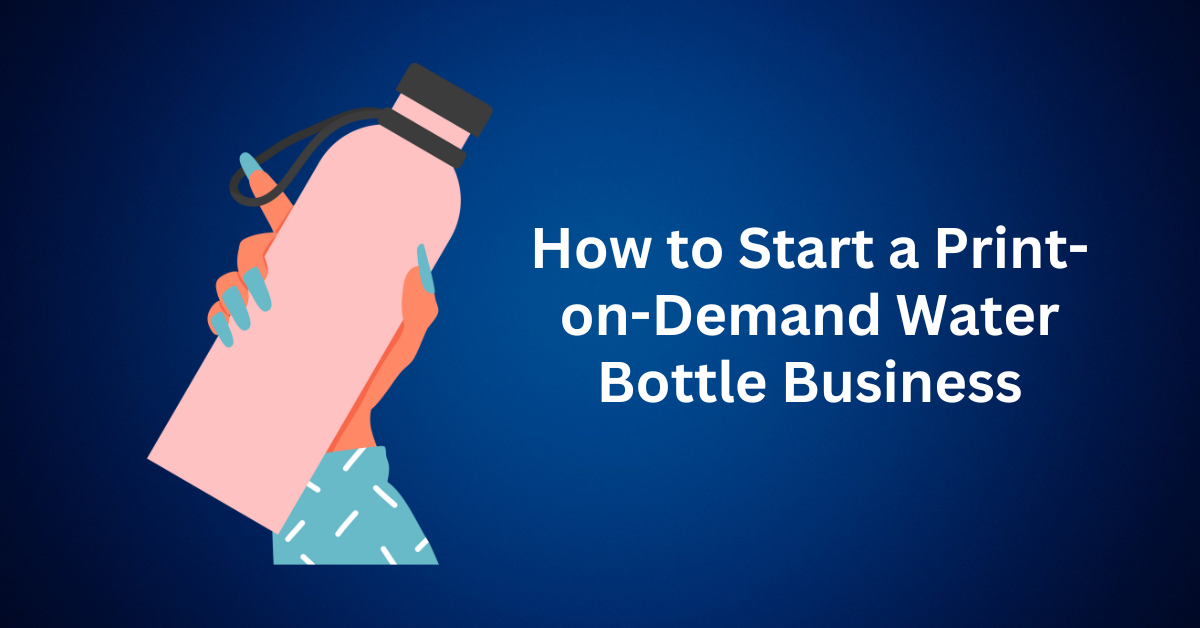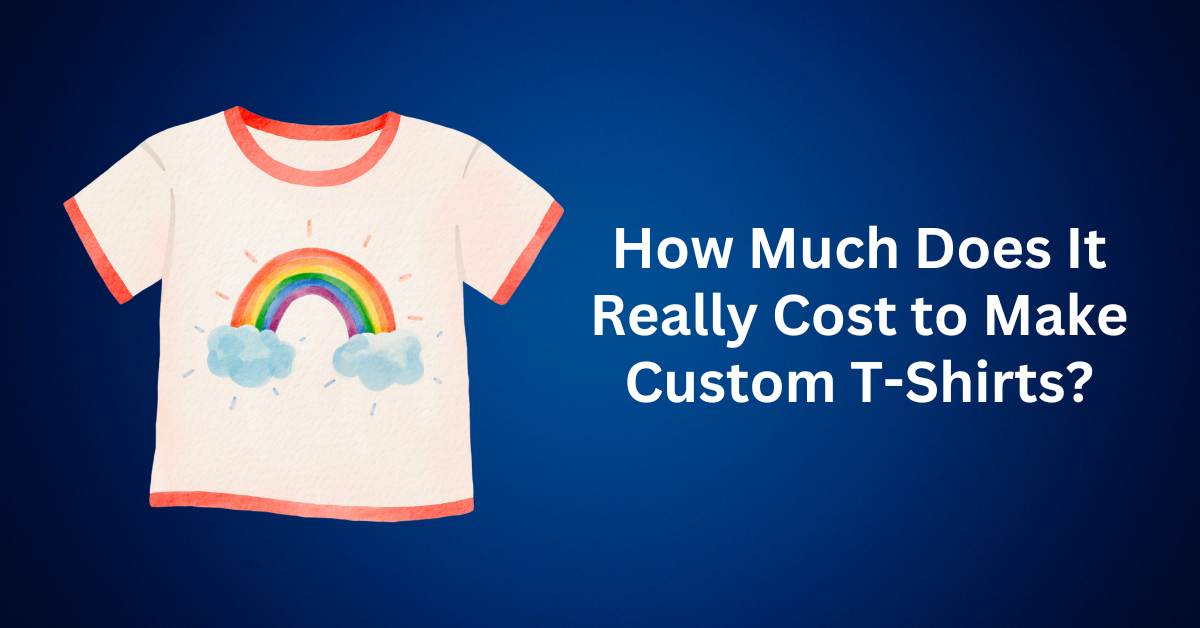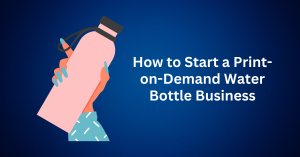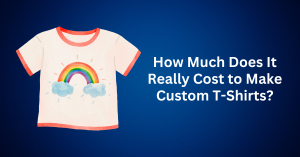Your primary sales funnel might be beautifully designed, packed with upsells, and backed by persuasive copy. But here’s the truth: no matter how polished it looks, it won’t deliver results unless you feed it the right kind of leads.
And that’s where most businesses go wrong. They pour cold, unqualified traffic straight into their main funnel and then wonder why conversions stall.
The solution? Fueling your sales system with targeted lead generation funnels that filter and warm up prospects before they reach your core offer.
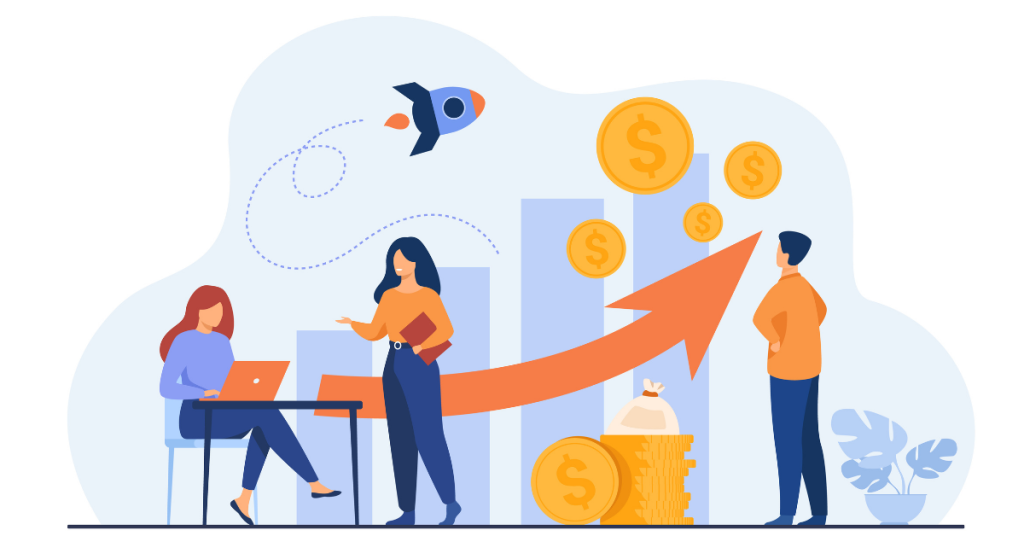
Table of Contents
ToggleWhy Your Main Sales Funnel Needs High-Quality Leads
Think of your main funnel as a high-performance sports car. No matter how sleek or powerful it is, it won’t run without the right fuel. In marketing, that “fuel” is leads, but not just any leads.
You need prospects who are:
- Targeted – people who match your ideal customer profile.
- Educated – leads who already understand the problem you solve.
- Warmed up – prospects who’ve been nurtured and are ready to take action.
When you send unqualified traffic into your main funnel, you force your system to do all the heavy lifting, educating, persuading, and converting cold strangers. That’s why conversions remain frustratingly low.
The Role of Lead Generation Funnels
A lead generation funnel is essentially a mini-funnel designed to capture attention, build trust, and qualify prospects before they enter your main sales sequence.
These smaller funnels do much more than bring in traffic:
- Educate prospects early – helping them understand their pain points and possible solutions.
- Frame your offer strategically – setting the stage for why your product or service matters.
- Pre-sell your main funnel – so that by the time a lead arrives, they’re already primed to buy.
Instead of dumping everyone into one massive funnel, you create multiple entry points that filter in only the best prospects.
How Targeted Lead Generation Funnels Boost Conversion Rates
When designed with precision, lead generation funnels function like a warm-up lap before the main event. They prepare prospects, build momentum, and ensure that by the time leads enter your central funnel, they’re already in the right mindset to take action.
Here’s how implementing targeted micro-funnels can dramatically improve your sales performance:
1. Create Targeted Micro-Funnels
The most effective lead generation funnels are built around specific audience segments, not broad messaging. Casting a wide net might attract attention, but it rarely results in conversions. Instead, your goal should be to develop micro-funnels tailored to a clearly defined subset of your audience.
For example, imagine you’re a business coach. Rather than building one generic funnel for “entrepreneurs,” you could design separate funnels such as:
- Startup founders who need step-by-step resources for early-stage growth.
- 9-to-5 professionals considering a career transition into business ownership.
- Creative professionals seeking to monetize their skills or side projects.
Each funnel speaks directly to that audience’s situation, challenges, and aspirations. By the time a lead moves into your main funnel, they’ve already experienced content that proves you understand their unique journey and that you have the right solution for them.
Pro tip: The more tailored your messaging, the stronger the emotional connection you’ll build, which significantly increases trust and conversion rates.
2. Choose the Right Lead Magnet for Each Sales Funnel
Every targeted micro-funnel needs its own lead magnet. A value-packed freebie designed to solve a pressing problem for that specific group. A one-size-fits-all free resource won’t resonate because each audience segment has distinct pain points and priorities.
Here’s how you can align lead magnets with audience needs:
- Startup founders facing customer acquisition challenges → “The 7-Day Customer Acquisition Plan: How to Land Your First 50 Customers.”
- 9-to-5 professionals planning an exit strategy → “The Side Business Starter Kit: How to Launch Without Quitting Your Job.”
- Creative freelancers trying to monetize skills → “Monetize Your Passion: A Quick Guide to Turning Creativity into Income.”
A good rule of thumb: each lead magnet should provide a quick win within 15 minutes or less. That means the person should walk away with actionable steps or results they can implement immediately.
When prospects experience real value upfront, they naturally think: “If the free resource helped this much, imagine what the paid program can do.” That mindset is exactly what primes them for conversion inside your main funnel.
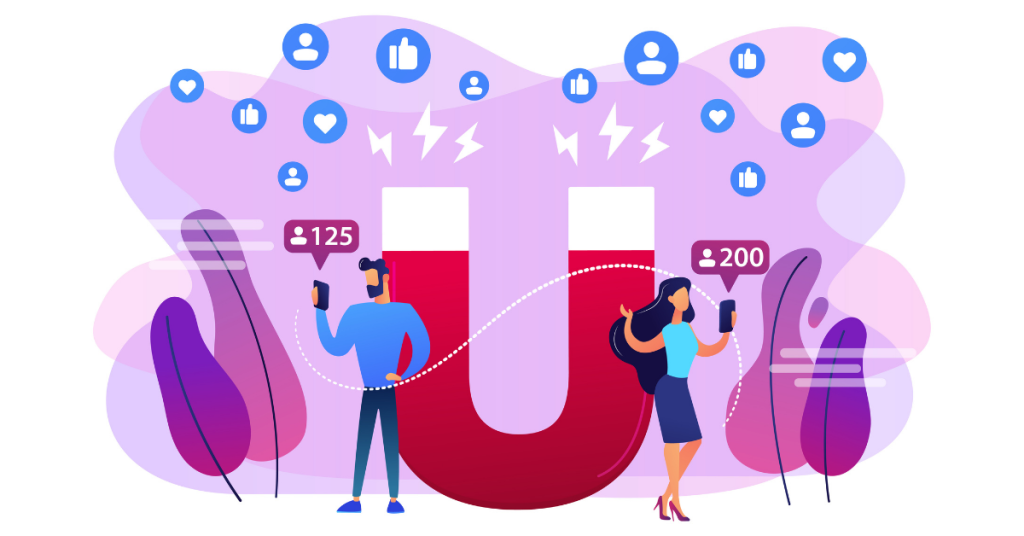
3. Let Email Automation Bridge the Gap
One of the biggest mistakes businesses make with lead generation funnels is pushing new leads directly into the main sales funnel without any nurturing. The truth is, someone who just downloaded a free resource isn’t ready to buy yet. Instead, they need a bridge—a transition between consuming your lead magnet and discovering your main offer.
That bridge comes in the form of email automation.
With just a simple 3-email sequence, you can turn a cold lead into a warm prospect by gradually building trust, delivering value, and introducing your primary solution. Here’s a proven way to structure it:
- Email 1 (sent immediately): Deliver the promised lead magnet and include one quick, actionable tip they can implement right away. This not only builds credibility but also shows that you follow through on your promises.
- Email 2 (sent the next day): Share a short case study, testimonial, or real-world result from someone who solved the bigger problem your core offer addresses. By doing this, you provide social proof and spark curiosity about your solution.
- Email 3 (sent two days later): Present your main product, program, or service. Keep it simple, stay focused, and invite them to explore how it can help them achieve the results they want.
Pro tip: Each email should have one clear objective. In other words, avoid overwhelming readers with multiple calls to action or long explanations. The goal is to nurture step by step—not to rush the sale.
By the time they reach Email 3, your subscribers will have a clear understanding of the bigger picture and feel far more inclined to check out your main offer.
4. Monitor and Optimize Your Sales Funnel Chain
The real magic of sales funnels doesn’t lie only in building them. Rather, it comes from continuously measuring and improving them. By setting up multiple lead generation entry points, you gain access to valuable data that reveals exactly where prospects are dropping off and where conversions are performing the strongest.
Here are the key funnel metrics you should track:
- Opt-in rate on your lead magnet landing page.
- Email open rates across your automation sequence.
- Click-through rate (CTR) to your main sales funnel.
- Conversion rate once prospects see your core offer.
Each metric gives you insight into the health of your funnel ecosystem:
- If people opt in but don’t click through, refine your email sequence to strengthen curiosity and connection.
- If your lead magnet isn’t attracting the right audience, test a different angle or format.
- And if certain micro-funnels convert better than others, double down on the messaging and positioning that’s working.
Remember, funnels are living systems—not static assets. That’s why with the right funnel builder, you can monitor, tweak, and optimize every stage of the journey in real time. As a result, the more you test and refine, the more efficient your funnel becomes at converting leads into paying customers.
Sales Funnel Stacking: Multiply Your Leads and Conversions
When each of your lead generation funnels is pulling its weight, something powerful happens. You start seeing a steady stream of qualified traffic flowing into your core offer. This approach is known as funnel stacking: layering multiple, well-optimized lead sources that all feed into the same central sales funnel.
Instead of relying on one single funnel to carry your business, you spread the workload across several micro-funnels. Each one targets a specific audience segment or pain point, but all roads ultimately lead back to your main offer.
Here’s how to make funnel stacking work for you:
- Start with your best performer. Identify which lead funnel is delivering the highest conversions and use it as your foundation.
- Clone and adjust. Once the first funnel proves itself, replicate it with small adjustments to attract slightly different audience groups.
- Expand gradually. Layer more funnels over time, each adding to your traffic, reach, and revenue stability.
With funnel stacking, you’re not just multiplying leads. You’re also creating a resilient system that protects your business from over-reliance on a single traffic source.
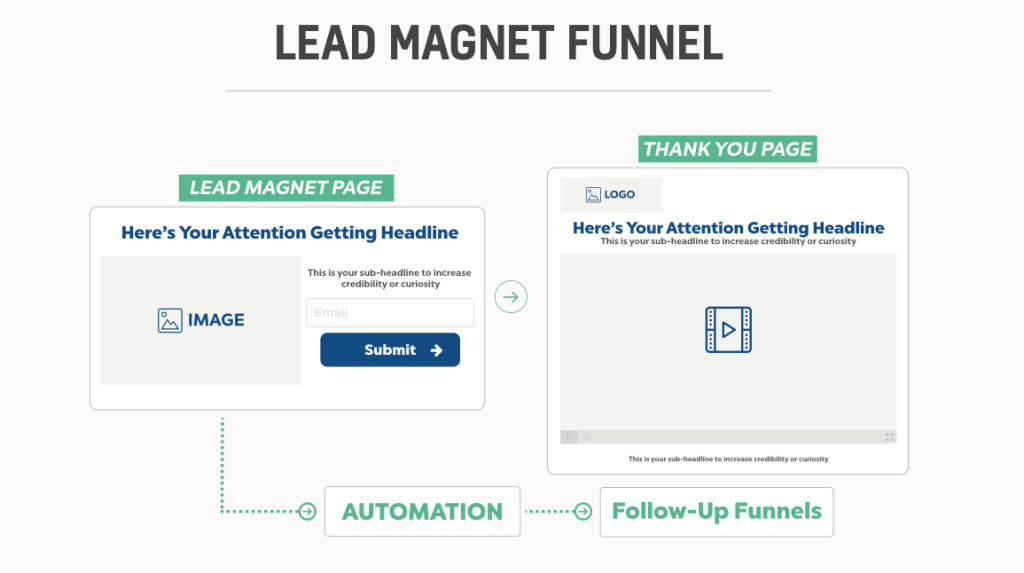
Building Lead Generation Funnels That Connect to Your Core System
Designing effective lead generation funnels doesn’t mean reinventing the wheel. Instead, the key is to follow a structured process that consistently delivers value, captures attention, and transitions seamlessly into your main funnel.
Here are four proven steps:
1. Identify Your Ideal Entry Points
Ask yourself this: What would grab my audience’s attention right now? For example, it could be a free template, a mini-course, an exclusive report, or even a quiz. Ultimately, the goal is to meet your audience where they are and present an offer that feels truly irresistible.
2. Deliver Immediate Value
Your lead magnet should solve a real, urgent problem—and solve it quickly. The faster you provide a win, the faster you build trust with your audience. That’s why a resource that can be consumed in 15 minutes or less often works best.
3. Connect Seamlessly to Your Main Sales Funnel
Every micro-funnel should act as a feeder, guiding prospects into your primary funnel naturally. Avoid hard transitions that feel forced. Instead, make the journey smooth and logical, so that leads hardly notice the shift.
4. Track and Optimize Relentlessly
The difference between a good funnel and a great one lies in the data. Monitor which funnels bring in the warmest leads, then double down on what’s working. Use analytics to fine-tune messaging, offers, and email sequences until your funnel ecosystem runs like a machine.
Final Thoughts: Power Your Sales Funnel with Lead Generation Funnels
One of the biggest mistakes businesses make is trying to capture everyone with a single, generic funnel. The reality is, your audience isn’t one-size-fits-all. Different groups have different challenges, motivations, and buying behaviors.
That’s why the smarter approach is to start small and build big.
Begin by identifying your strongest customer segment—the group most likely to buy from you right now. Then, design a targeted lead generation funnel that speaks directly to their biggest pain point. By focusing on solving one urgent problem, you can guide them seamlessly into your main sales funnel.
Once your first funnel is consistently delivering results, you can move on to building the next one. Over time, each micro-funnel becomes a reliable pipeline of prospects who already trust that you understand their situation.
In this way, you’re no longer relying on random cold traffic or simply hoping strangers will convert. Instead, you’re stacking funnels strategically, nurturing leads with precision, and fueling your main business funnel with warm, pre-qualified prospects who are ready to buy.
Ultimately, the path to better conversions and steady growth isn’t about having one “perfect” funnel. Rather, it’s about creating a system of funnels that work together to attract the right leads, at the right time, in the right way.

